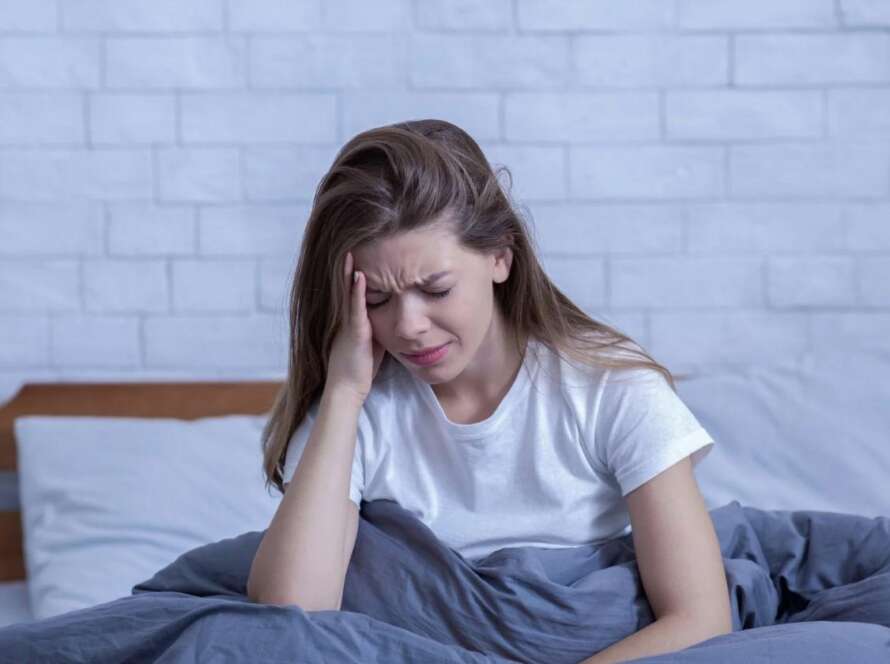Fall back. Spring forward. It’s no wonder Americans can’t get a good night’s sleep. While the Daylight Savings Time ritual carries mixed reviews for different reasons (it stays dark (or light) too long), one thing on which we can all agree is that getting consistent quality sleep is a challenge.
Since the pandemic began, scientists have found that two in three Americans report sleeping more or less than desired. Although the time change is minor, it often carries a big impact on what is often an already affected sleep schedule.
“Adjusting the time by one hour may not seem like too drastic a change, but sleep experts have noted troubling trends that occur during the transition between Standard Time and DST, particularly in March,” says Danielle Pacheco at sleepfoundation.org. “These issues include upticks in heart problems, mood disorders, and motor vehicle collisions.”
She adds that DST can cause sleep problems if circadian rhythms are not aligned with natural cycles of light and darkness. Some people even experience lingering insomnia symptoms due to time changes in the spring.
It takes around five to seven days for circadian rhythms to transition. And with Daylight Savings right around the corner, here are three ways to feel better prepared for the time change while minimizing sleep interruptions that disrupt quality sleep.
Plan Ahead
We know when the time change is happening (March 13), so that gives us a chance to proactively adjust our sleep schedule. About a week prior to the time change, experts suggest waking up 15 to 20 minutes earlier than usual. Then, on the Saturday before the time change, set your clock back an additional 20 minutes. Adjusting your wake-up time can help the body make a smoother transition.
Add a Disciplined Nap Schedule
Napping seems like a natural reaction to the time change. But before you snuggle up on the couch, be sure your naps don’t exceed 20 minutes. Although it’s tempting to sleep in, don’t do it. Instead, wake up at the set time, then take a nap later in the afternoon.
Watch Diet and Exercise
Diet and exercise offer some of your best defenses against fatigue brought on by Daylight Savings Time. Avoid caffeine and alcohol until your body adjusts. Then be sure to schedule exercise every day. But if your standard morning workout is a struggle, don’t sweat the small stuff.
“While morning workouts definitely have their benefits, there is no magical best time to work out. You don’t lose more weight or gain more muscle due to the time of day,” said Anel Pla, a certified personal trainer at Simplexity Fitness. “The best time to exercise is when you will do it consistently. If you are not a morning person and don’t want to exercise in the mornings, then go ahead and enjoy that extra hour of sleep, and do your workout at night.” Be sure to award yourself bonus points for exercising outdoors.
Springtime is a welcome change from the cold, dark winter. But adjusting to the time change that comes along with it? Not so much. With a little preparation and some healthy habits, we can spring into action to get better sleep and better health.
The statements made on this website are for educational purposes and include articles, educational materials, and research on various topics within the Sleep and Dental industries and are not the views of, or are in connection with Vivos Therapeutics and/or its regulated products. The statements are not intended to accompany any required product labeling for a regulated product. Neither are such statements intended to introduce a new indication, patient population, alter the directions for use, or otherwise change or supplement any required labeling for a regulated product.

